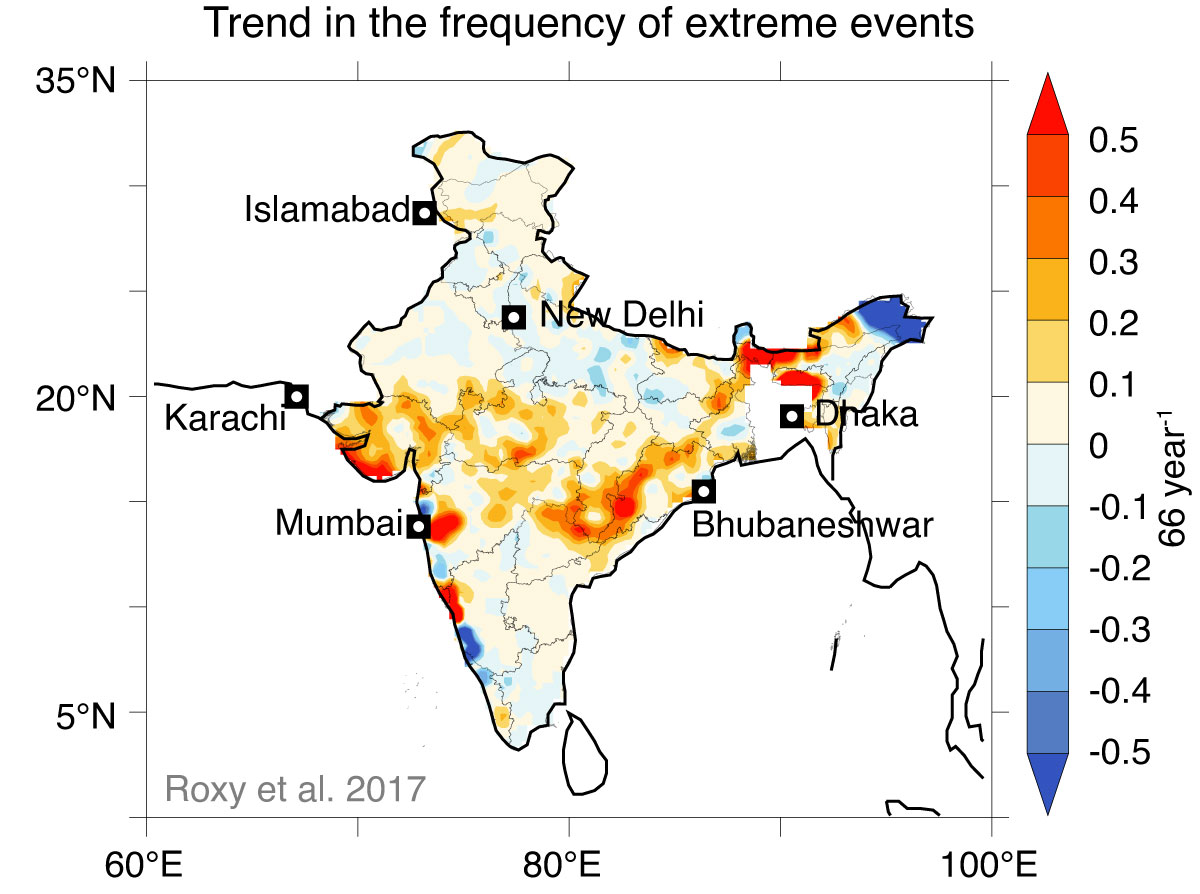
1/ The climate has changed, forever. Humans have caused it and our commitments are insufficient to bring the curve down. This is a curve that we are not flattening. Climate change will continue and intensify for centuries, if not a few thousand years into the future. #IPCCreport 

2/ The global mean temperature will cross the 1.5°C limit in the current decade or next, and the 2°C during 2040–2060. This is because the nationally determined contributions (NDCs) submitted by nations via Paris Agreement are insufficient to flatten the curve. 

3/ Absorbing 93% of global warming heat, the oceans have warmed and acidified, and oxygen levels have declined since the 1970s. Ocean warming might increase four to eight times by 2100. These changes are irreversible and will last for centuries if not a millennium or more.
4/ The Arctic Ocean will become ice-free during summers for the first time before 2050. Mountain and polar glaciers will continue melting for decades or centuries. 

5/ Due to ice-glacier melting and thermal expansion of water, sea level will rise further by 40 cm to 1 m by 2100. Current rates of 3.7 cm per decade of sea-level rise are equivalent to tens of meters of land taken away by the sea every decade, considering the slope of the coast. 

6/ The Indian Ocean has been warming faster than the rest of the ocean. This will further intensify the cyclones, extreme rains, and sea level rise along the coast of India. We already see a 50% increase in Arabian Sea cyclones and a 3-fold rise in extreme rains causing floods.
7/ Compound extreme events are a new challenge. We don't have a quantified understanding of these events, but we see them happening. Storm surges from cyclones, heavy rains, and sea level overlap and aggravates flooding. So do heatwaves during droughts.
8/ What do we do now? While cutting down emissions is important so that we don’t accelerate climate change further, we need urgent action to assess and adapt to the heightened risk due to severe cyclones, floods, and heatwaves in the near future.
9/ While climate change is global, the challenges are always local. We need to disaster-proof every district of India and South Asia, where the threats are severe and the population is increasing manifold.
• • •
Missing some Tweet in this thread? You can try to
force a refresh









